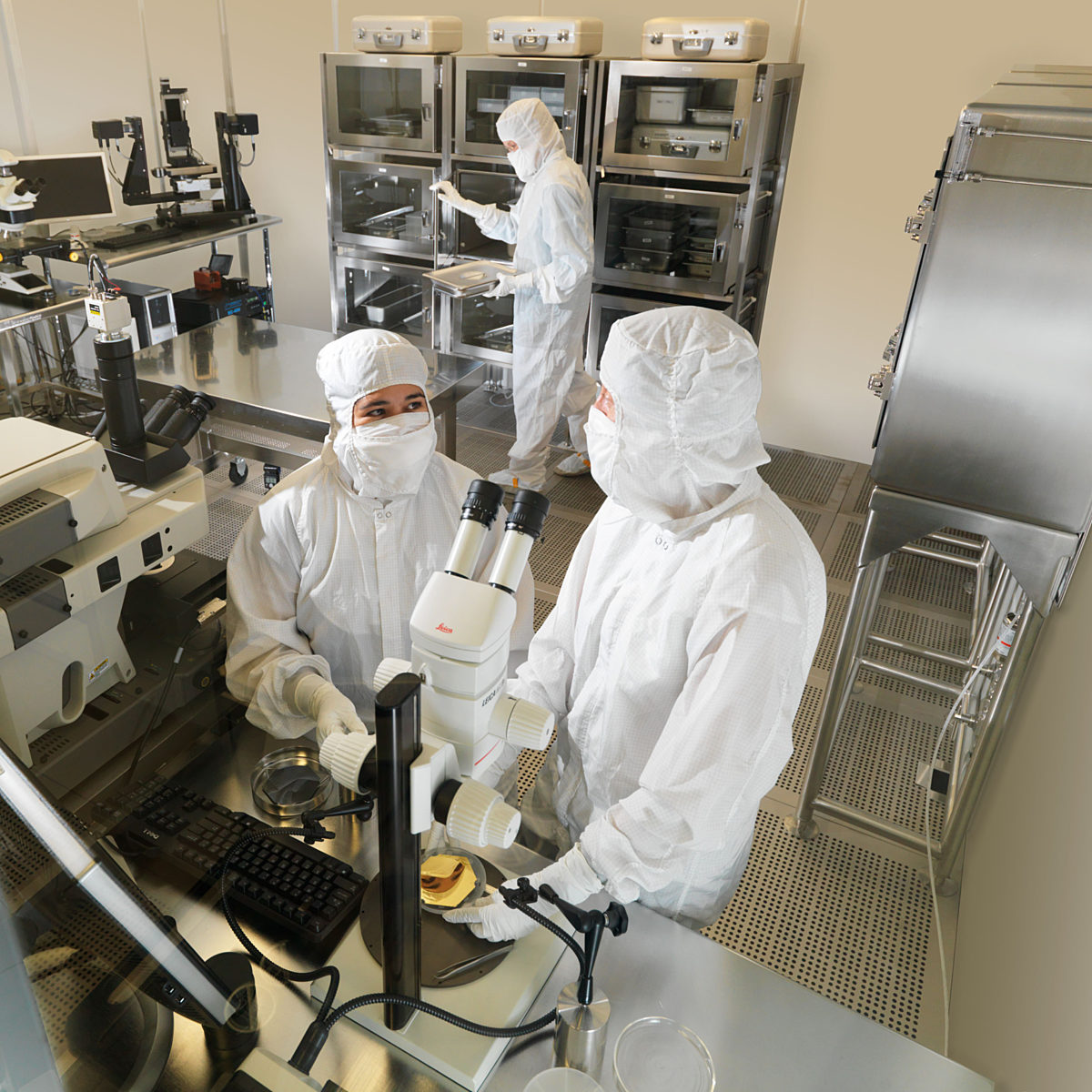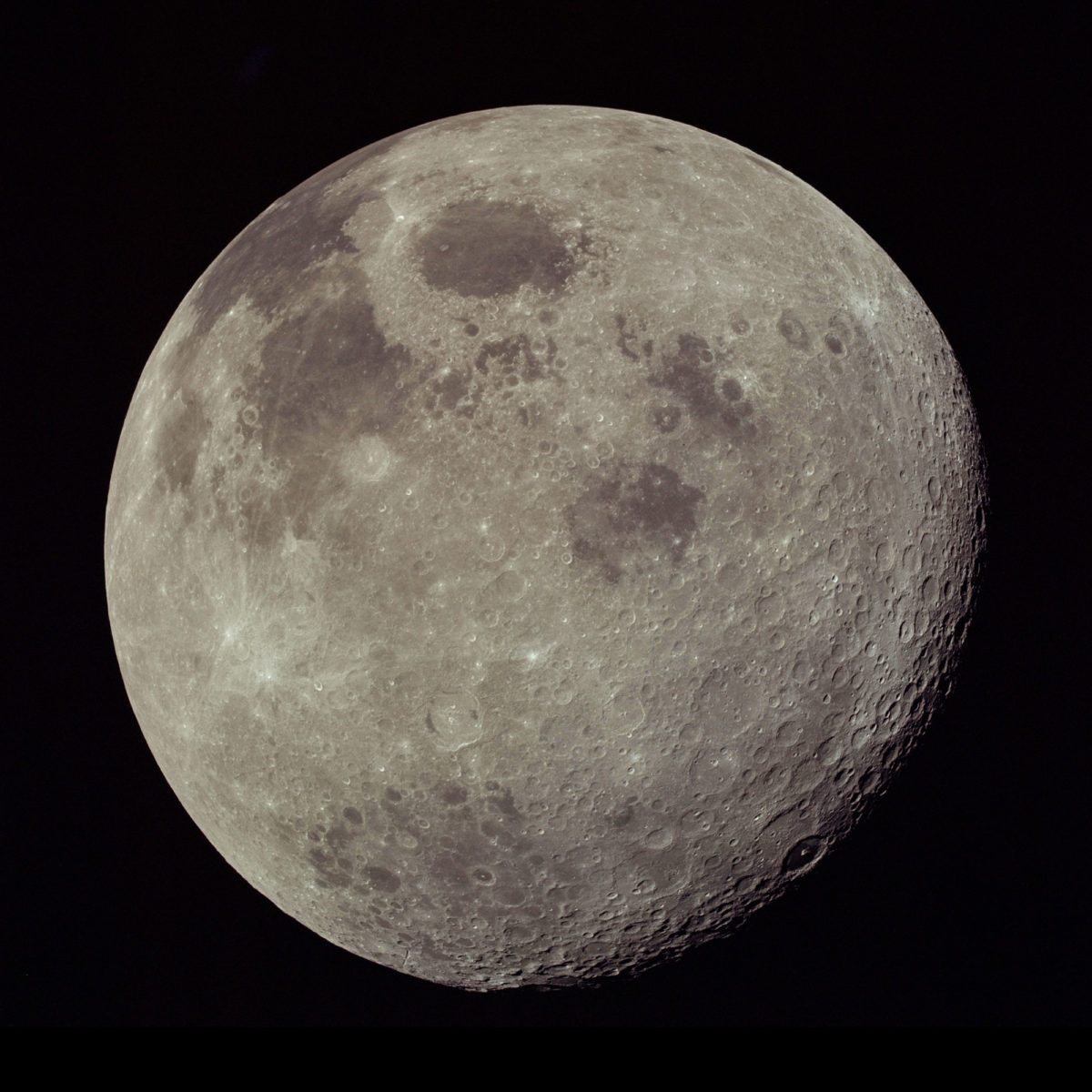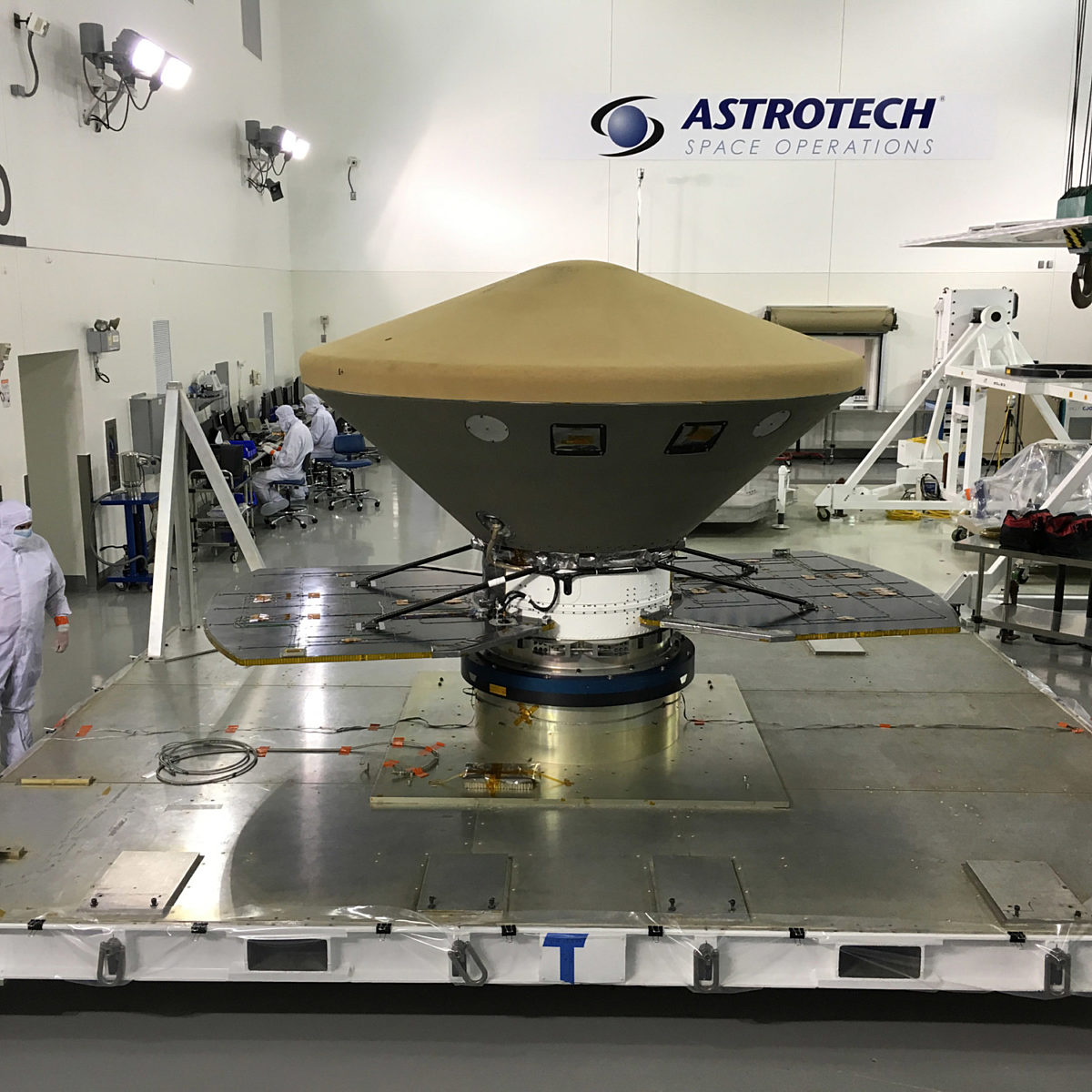All
All
Stories, updates, insights, and original analysis from The Planetary Society.
A new storm on Saturn!
On March 29, vigilant astronomer Maciel Bassani Sparrenberger discovered that a new bright spot had broken out in Saturn's high northern latitudes.
Moon Monday: Galileo's Galileans
This week it seems fitting to feature a portrait of the Galilean moons by Galileo.
#LPSC2018: Understanding early Mars through fluvial features
One of the ways we understand Mars' early climatic and geologic history is through preserved fluvial features.
Dawn Journal: The Final Countdown
The Dawn mission has only one revolution to go before the spacecraft begins the final campaign of its long and rewarding deep-space adventure.
#LPSC2018: Groovy Galilean satellites
The Jovian system is a busy place. The Groovy Galilean Satellites session at last week's Lunar and Planetary Science Conference (LPSC) covered analysis of past mission data, testable hypotheses for future missions, and discussion of the use of ground-based data.
#LPSC2018: Fungi in the lab, hot springs frozen cold, and exploding lakes
The first astrobiology session at last week's Lunar and Planetary Science Conference featured talks on a huge variety of interesting topics, and was one of my favorite sessions at the meeting.
ISS partners consider ambitious lunar sample return mission
The plan involves NASA's proposed Lunar Orbital Platform-Gateway, and a return to Earth via the Orion spacecraft.
#LPSC2018: An Apollo 17 session with moonwalker Jack Schmitt
The only geoscientist to walk on the Moon attended a conference session presenting results from the rocks he collected.
#MoonMon: Io's pretty plumes
On this Moon Monday, I'm featuring an animation processed by Gordan Ugarkovic, showing Jupiter's volcanic moon Io with its prominent plumes.
#LPSC2018: Mars mass wasting in the laboratory
Mars today is a dynamic place. One visually dramatic sign of change on Mars is
#LPSC2018: Titan Is Terrific!
Emily's first report from the Lunar and Planetary Science Conference is on the solar system's most atmospheriffic satellite, Saturn's moon Titan.
Moon Monday: Looking back at the Moon from Apollo 17
For this Moon Monday, Emily digs up a classic from the end of the Apollo program.
Automating Science on Mars
Since 2016, NASA’s Curiosity Mars rover has had the ability to choose its own science targets using an onboard intelligent targeting system called AEGIS.
Announcing the 2018 Shoemaker NEO Grant Winners
Seven very advanced amateur astronomers will help find, track, and characterize near Earth asteroids.
Moon Monday: Tethys from Voyager
To start the week, Voyager 2's best image of Tethys.
Throwback Thursday Funpost! A spacewalk in deep space
Only three humans have ever been on a spacewalk in the void between the Earth and Moon.
InSight delivered to Vandenberg launch site
InSight, NASA's next Mars mission, has arrived at Vandenberg Air Force Base in preparation for a May 5 launch.
The Mars Exploration Rovers Update: Opportunity Logs 5000th Day, Snaps Selfie, and Roves On
When Opportunity’s 5000th day dawned in February, it was a meaningful milestone for the team, and it led to a personal first for the veteran robot field geologist that has chalked up so many firsts she’s set the standard for Mars rovers.
Sketching a science meeting
The Planetary Society has always enjoyed the connections between science and art, so when I saw Leila Qışın's sketches pop up on her Twitter feed during the recent New Horizons team meeting, I knew I had to share them with you.
Hayabusa2 has detected Ryugu!
In a milestone for the mission, JAXA's Hayabusa2 sample return spacecraft has sighted its destination, asteroid Ryugu.


 Explore Worlds
Explore Worlds Find Life
Find Life Defend Earth
Defend Earth


 Sun
Sun Mercury
Mercury Venus
Venus Earth
Earth Mars
Mars Jupiter
Jupiter Saturn
Saturn Uranus
Uranus Neptune
Neptune Small Bodies
Small Bodies


















